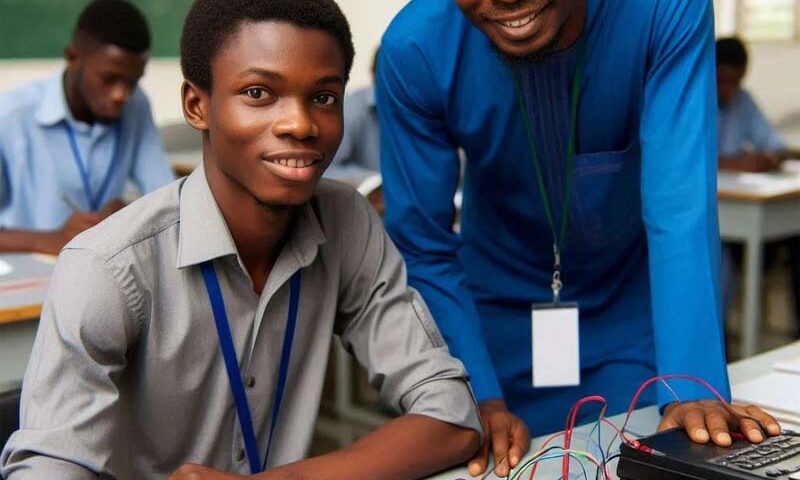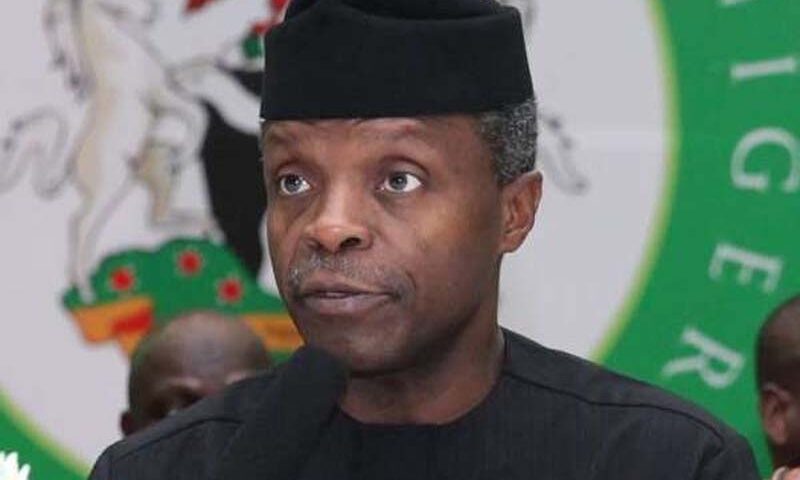By Tolulope Gbenga Fasanmi
“Trust, Transparency, Trustlessness; Three words that represents standards with which every chapter of human civilization can be measured.
Humanity does not have a great track record of trustworthiness, but it’s a hurdle that had to be scaled before any progress could be made. Progress is impossible without exchange and collaboration of ideas, assets, money, etc. It necessitates the creation of institutions that facilitate these exchanges and collaborations without a breakdown in trust between the parties involved in the exchange. But it was far from perfect. Of course, we didn’t need to bother about the parties on the other end since the middle men – government, banks, and other institutions – promised to do a good job. But they weren’t entirely unproblematic. They have taken advantage of their position to exploit the trust placed on them, conducting most of their middle-men activities in the dark.
Imagine the 21st century as a computer laptop. It needs an operating system, right? It needs an operating system that will support its architectural framework, and maintain its functions, regulate the communications between the numerous subsystems, and provide a sort of boundary to its expression. An equivalent of such OS in this visualization exercise will be the centralized organizational structures that manifests in everything, from the way our governments are run to the way our financial and economic systems are wired to be operated by the central authorities who are the sole decision makers concerning the most vital aspects of human life – finance, governance, law, etc. Now, imagine, the gradual uninstallation of that centralized operating system while being substituted with a decentralized one that promises to be better and more efficient. This is the Blockchain revolution.
The single guiding principle, or more like the manifesto of the Blockchain system is transparency – an environment where the human elements behind exchanges and alliances in every facet of our societies are made accessible to all, and not fashioned behind the dark curtains, only available to a few people who can decide to edit, reconfigure, and delete as they see fit and without permission nor contribution from the people whom their decisions directly affect.
Blockchain and TRUST
There are hardly any element of human interactions that demand verifiability and trust like the ones where money is involved. Blockchain technology has created financial communities where interested members can verify crucial information about a project or initiative, before investing their monies, time, or any other kind of resource. Currently, there are 12,676 cryptocurrenies listed on Coinmarketcap. Anyone can verify the cryptographic information and financial statistics of these coins with as little as a click. Anyone can confirm the total supply, circulating supply, and the cryptographic code of any cryptocurrency project proposed to solve specific problems, and factor that information into their investing decisions.
For most of these coins, the project creators and developers create a chat group or forum where they can keep close contact and constant communication with other members of the community. The atmosphere of inclusion and transparency also encourages trust on both ends of the relationship. One can argue that there have been malicious cryptocurrency projects built intentionally to defraud like the recent Save The Kids rugpull where the influencers denied any intention to defraud, while the developers abandoned the project and took investors’ monies.
However, a YouTube persona, CofeeZilla, followed up on the case and exposed the lies after tracing the transactions by investigating the wallet addresses on Binance Smartchain. It may be impossible to mitigate the mischievous propensities of the human beings in financial interactions, however, it makes it easy to be investigated and unraveled unlike the centralized fiat system where there could be vested interests in keeping it under wraps.
TRANSPARENCY
Away from finances, Blockchain has helped companies to achieve more transparency in the relationships with their customers. An example is Scantrust, a Swiss company that utilizes IOT to connect products and packages to the internet, using QR codes among other anti-counterfeiting unique identifiers. It uses the Hyperledger sawtooth to make products traceable from the producer to the end-user, creating an infrastructure that meets the user’s demand for transparency. This is also similar to Wallmart’s attempt to decentralize their food supply ecosystem and ensure transparency and accountability. They also use a blockchain based traceability system that helps to trace the origin of over 25 products from the suppliers to the consumers.
Healthcare institutions like, Change Healthcare, use Blockchain technology to process hundreds of healthcare transactions per seconds. Hospitals and other medical practices also using the ledger capabilities of smart contracts to provide transparency to all parties, securing health data and its transfer between health service providers.
Biotechnology and longevity researches with breakthroughs and potential are backed and sponsored by blockchain technology and cryptocurrencies such as the VitaDao and TranshumanCoin. All transactions and donations to health and medical research labs are transparent and verifiable by anyone on the blockchain network.
Blockchain is being deployed in the United Arab Emirates, to create a vehicle Lifecyle management system for car manufacturers, dealers, regulators, insurance companies, buyers, sellers and garages with a transparent record of vehicle history from the manufacturer through to the scrap yard. In Dubai alone (known as the world blockchain development capital), 24 blockchain use cases have been implemented across 8 industry sectors including education, security, real estate, transportation, tourism, commerce, and finance. Across the world, and in all the continents, the influence of blockchain is growing and continues to be embraced to be leveraged in every technological innovation with internet reach. This is expected to grow over the next few years to become more dominant, changing the way we trust, the way we transact and exchange values and contracts daily.
TRUSTLESSNESS
The game changing plot of decentralized structures is the replacement of the central authority with many centers, that act in concert to make the system to work. This creates a trustless network that is independent of familiarity between the participant. The genius in a trustless network is best exemplified by Defi and SmartDefi apps where the participants’ sole interface with computer codes sustains the network in such a way that trust is distributed between them. This makes it very hard for the Defi Blockchain apps to be maliciously attacked.
For example, a centralized banking system possesses privileged control over the production and distribution of monetary value. Its liquidity is produced and maintained at the center. In contrast the Decentralized finance system though produces its liquidity in form of tokens at its launch, but gives participants equal opportunity to own them. The tokens can be saved in what’s known as the liquidity pool where they are locked into a smart contract to facilitate efficient trading while allowing investors to earn a return on their holdings. This has no equal comparison in the traditional financial system. It would be likened to the possibility of contributing your dollars to the Federal reserve because they actually need it to trade. This makes Defi a financial engine of the people, by the people, and for the people, powered by the blockchain technology and accessible across continents. Blockchain technology is impacting the world in tremendous ways starting with finance, and trickling down to law, real estate, education etcetera, and we’re just scratching the surface, as there’s still more to come.






